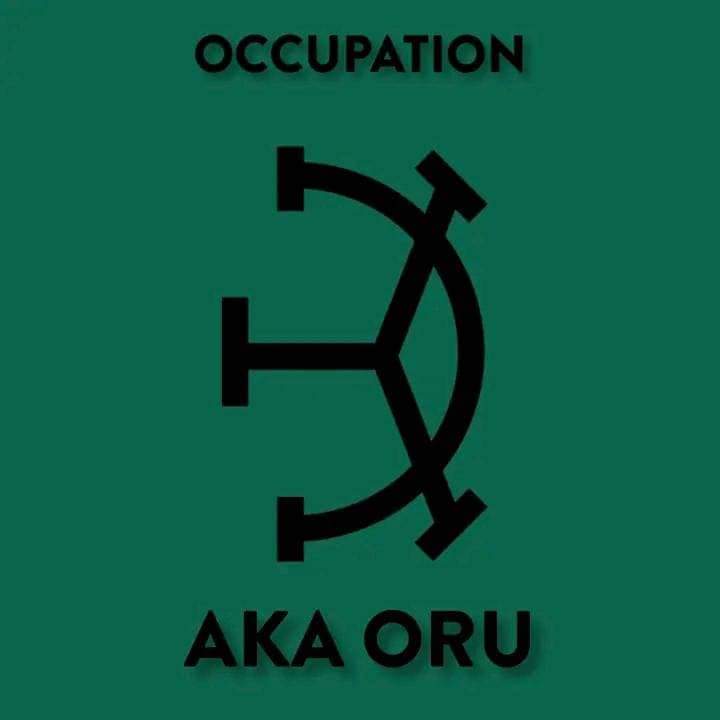
In Igbo culture, an ancient script known as Nsibidi weaves a captivating narrative of heritage, knowledge, and communication. Originating in Southeastern Nigeria, particularly among the Igbo, Erik and Ibibio people, Nsibidi offers a unique lens through which to explore the rich cultural tapestry and enduring legacy of Igbo civilizations. This article delves into the world of Nsibidi, shedding light on its origins, visual language, cultural significance, and its revival as a source of pride for Ndi-Igbo.
The Origins of Nsibidi
Nsibidi finds its roots deeply embedded in Igbo history and traditions. While the exact origins remain elusive, scholars trace Nsibidi’s existence in Igbo society back to ancient times, possibly preceding the arrival of Europeans in West Africa. This suggests that Nsibidi flourished as an indigenous script, embodying the intellectual and artistic achievements of the Igbo civilization. The precise origins of Nsibidi are a subject of ongoing scholarly debate, with various theories proposed to explain its emergence.

Nsibidi
One prevailing theory suggests that Nsibidi evolved organically among the Ekoi (Ejagham) people in present-day Nigeria. It is believed to have developed alongside other forms of cultural expression, such as oral traditions, rituals, and visual arts. This theory emphasizes the indigenous nature of Nsibidi.

Another theory proposes that Nsibidi may have been influenced by external cultural and trade interactions. As Ndi-Igbo engaged in extensive trading networks with neighbouring regions, such as the Kingdom of Benin, they likely encountered different forms of scripts and symbols. It is plausible that these interactions played a role in shaping the development of Nsibidi, contributing to its unique visual language and symbolic repertoire.

Regardless of its precise origins, Nsibidi undoubtedly flourished as a distinct script within Igbo society, reflecting the intellectual and artistic achievements of the Igbo people.












